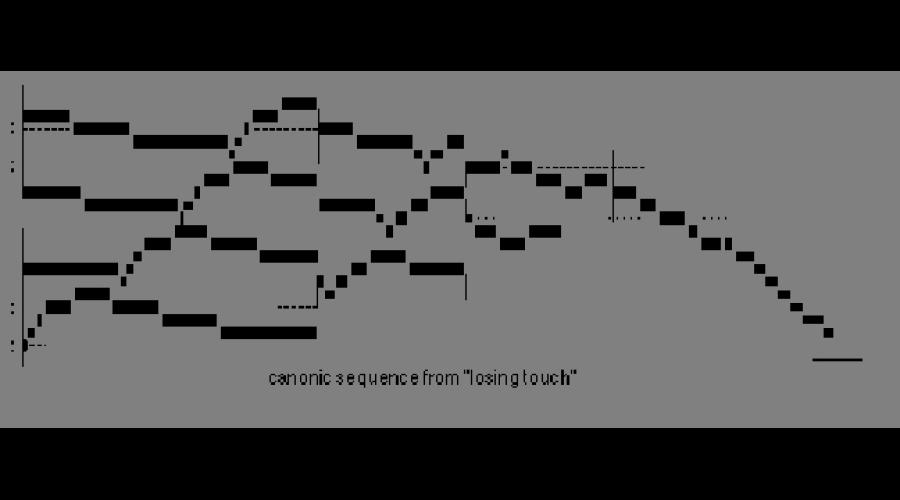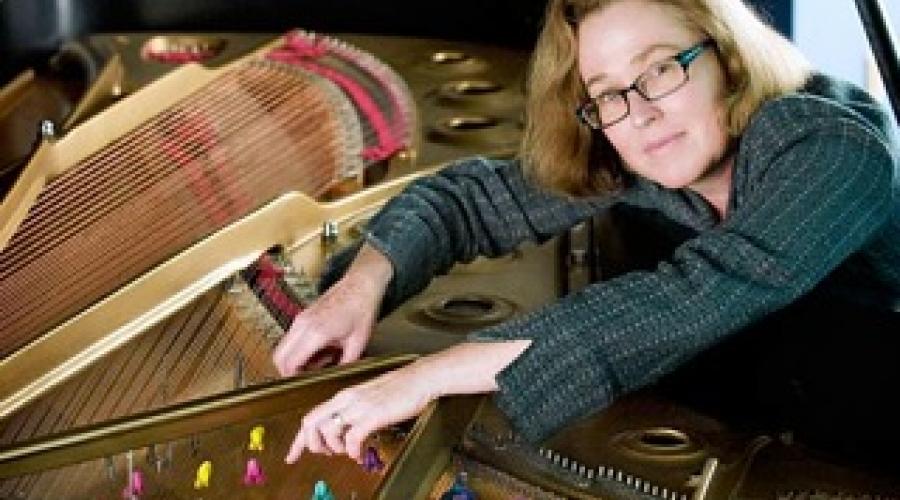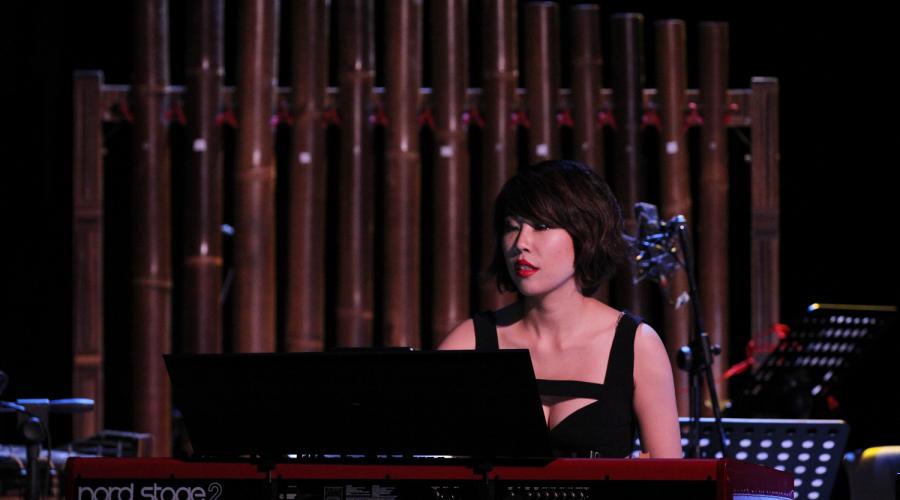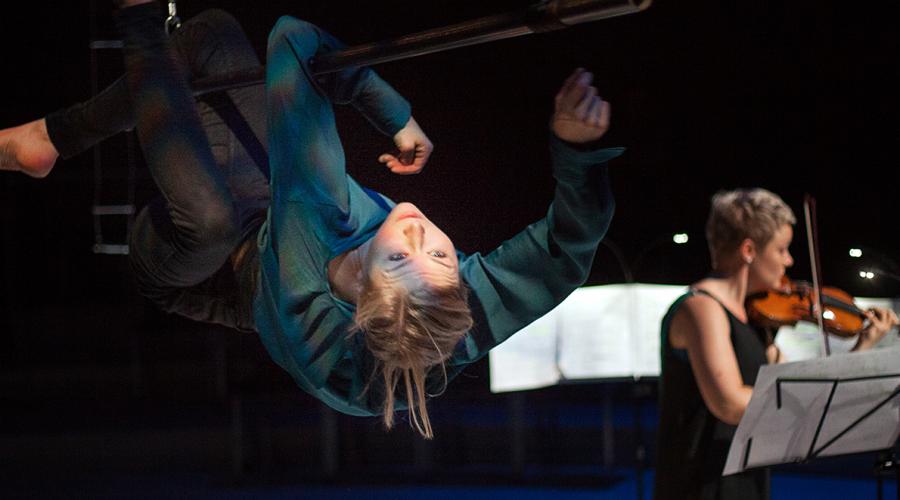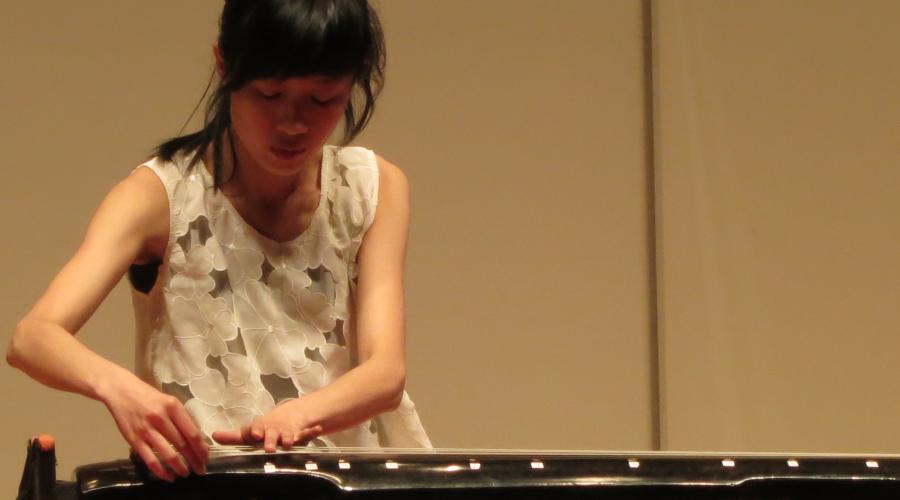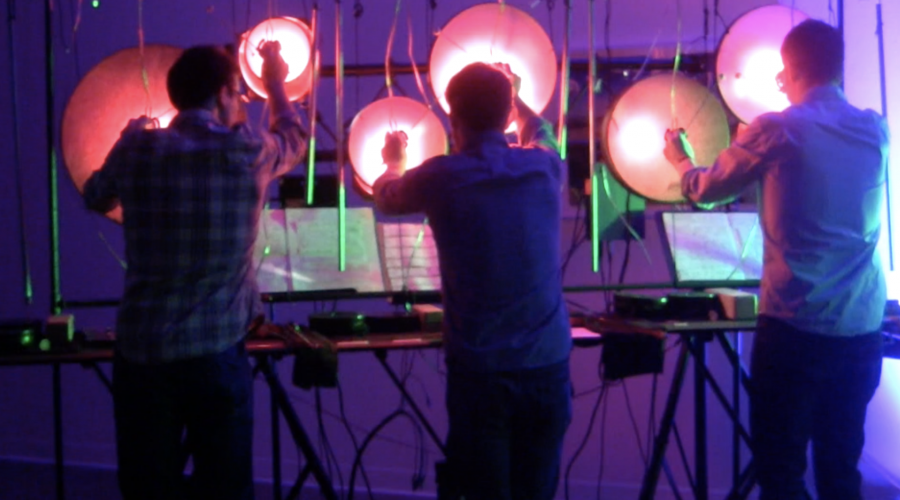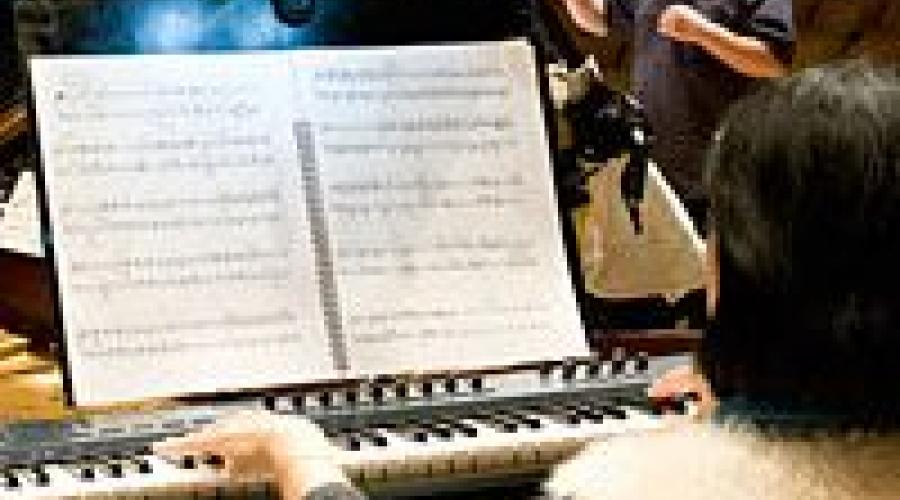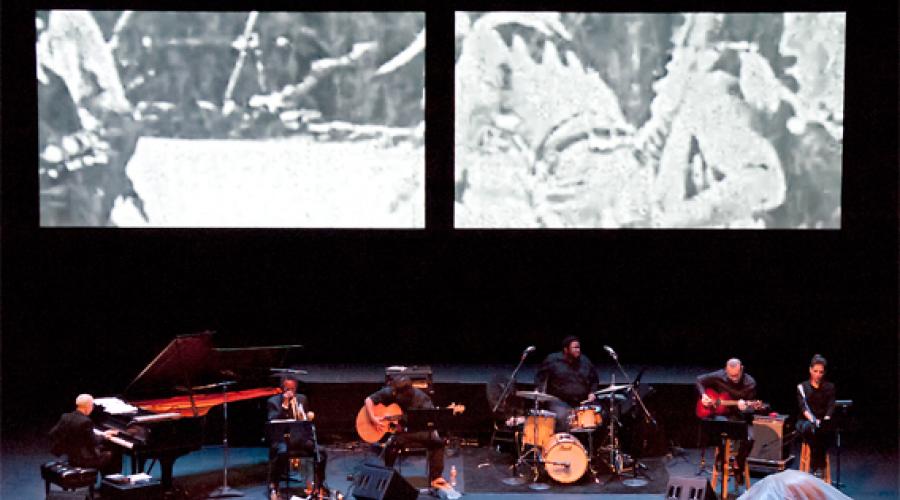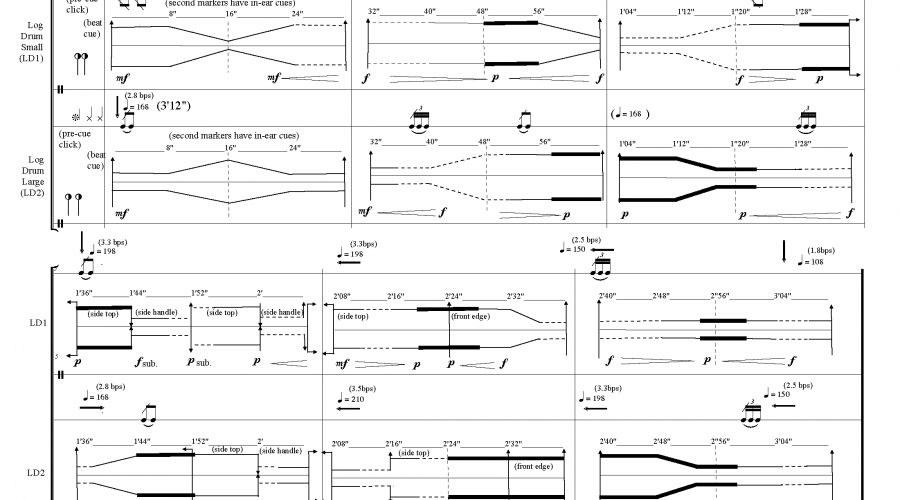
Archive
CNMAT Flashback
A look back at some items in our archives.
Improv Weekend: Presentations from Ken Ueno, Kevin Patton and Matthew Goodheart
Improv Weekend: Roundtable: Human/Technology Interactions
Archive Browser
Losing Touch
Losing Touch (duration 11') for vibraphone and fixed electronics was composed in 1994. The piece is published by Billaudot Editions (Catalog #GB7027) in Paris (Theodor Presser, US representative). A complete published edition with rehearsal CD and mono performance tape is available for student performance from several on-line dealers.
Paper Speakers
This project explores the technical, design, and aesthetic possibilities of 2-D, flexible audio speaker technology. The premise underlying this exploration is the idea that sound can be thought of as a physically immediate, transparent and embodied material. The end goal for me is the use of this material for my art practice: Sound Art, Installation, and Composition.
Patagon
Patagón is the ancient, archaic name for the land of Patagonia. My newer compositions increasingly link to nature and landscape, and this latest string quartet evokes the idea of the far away, the other-worldly, and the remote.
Transfigurations of Grief
in seven movements, played without pause
I. Introduction
II. Chant 1
III. Regrets
IV. A year
V. Chant 2
VI. Cries
VII. Coda
Hierosgamos, 1-4
Hierosgamos: Studies in Harmony and Resonance (2003), for solo piano, 25’
Hierosgamos, 5-7
las aguas del sur
Pianos
Pianos is a concerto for solo piano/sampler keyboard and large chamber ensemble with extensive live electronics. Performed by renowned (former Regent’s Lecturer) Gloria Cheng, the piece is a collaboration with UC Berkeley’s Center for New Music and Audio
Technologies (CNMAT), and makes use of an extensive archive of sampled piano recordings.
La mar amarga
la mar amarga (2007) for piano trio
music by Cindy Cox
Graeme Jennings, violin, Leighton Fong, cello, and Christopher Jones, piano
photo from Sensitive Chaos by Theodor Schenk (Rudolph Steiner Press, 1965)
The Other Side of the World
The Other Side of the World (2004) for flute and tape
music by Cindy Cox, text by John Campion
The Shape of the Shell
Cindy Cox, The Shape of the Shell (2010) for audio tape
text by John Campion
bass clarinet/voice by Laura Carmichael
My daughter brought a shell and bade me put my ear to it:
—That’s the sound of the ocean, I said.
—Is the ocean inside of it, she asked?
—The shape of the shell causes the sound, I said.
Etudes, La Ciguena and Mallets
Etudes for Piano and Keyboard sampler, with Max/MSP patch
Mysterium Coniunctionis
Mysterium Coniunctionis?
…sicut aurora procedit (2015)
…sicut aurora procedit is the composition created by Maija Hynninen for a multidisciplinary work Pix grace – Rosin. The work was conceived by violinist Mirka Malmi, composer Maija Hynninen and aerialist Ilona Jäntti during 2013–15. Interaction between the group members was tight, each producing demo material for the rest of the group to see and discuss. The name Rosin came from the idea of rosin combining the two, violinist and aerialist. By friction rosin creates a contact surface between the bow and strings, the hands of the aerialist and the trapeze.
Hypochondriasis (2014)
Hypochondriasis is for chin (guqin) and live electronics. Chin is an ancient Chinese 7-string zither normally played by plucking with fingers. This piece is my first work to use electronics. For the first experiment on electronics, I choose the chin as the instrument since it’s one of the instruments I’m familiar with. However, the chin is a very personal instrument due to its soft volume and subtle timbral changes, so amplification becomes an important element and thus creates a new kind of environment, an augmented chin.
Hazardous Materials #1 (2016)
Hazardous Materials #1 (2016)
Percussion trio and electronics (sound and light)
Pianos (2013)
Cindy Cox, Pianos
Concerto solo piano/sampler keyboard, twelve musicians, and live electronics
I. Dark, Racing
II. Mercurial
III. Quirky, like a turning wheel
IV. Slowly revolving, wistful
V. Brash
Language of Dreams (2013)
Myra Melford composer and artistic director, with David Szlasa - video, Oguri - dance, Sofia Rei - spoken word and Snowy Egret: Ron Miles (cornet), Stomu Takeishi (bass guitar), Liberty Ellman (guitar) and Tyshawn Sorey (drums) and Myra Melford (piano, sampler and melodica)
Auditory Fiction II (2014)
Edmund Campion
The Auditory Fiction pieces are composed for live musicians who perform with the aid of in-ear click-tracks. The click-tracks are designed using software tools developed at the Center for New Music and Audio Technologies primarily by John MacCallum and Matt Wright with support from Ed Campion and others. With the click-tracks in place, the musicians are enabled to play in any tempo relationship, accelerate, decelerate, change phase, and at any rate.



